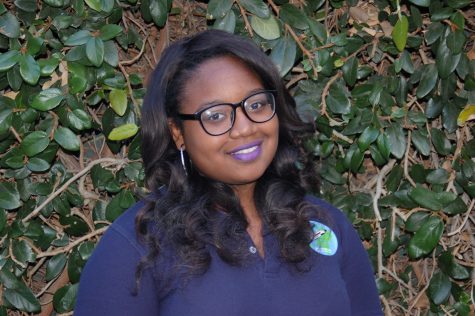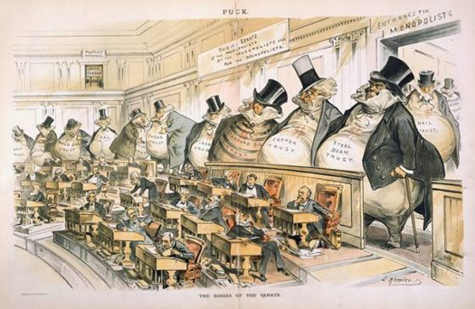What’s Your Class Size?
April 8, 2016
Depending on your school, the size of the classroom could be big or small. The recommended ratio of student teacher ratio is 10:1, which mean 10 students to 1 teacher. Typically all classrooms are way above this recommendation by have an average of 23 students. Does the size matter?
I personally prefer a smaller classroom because I feel like the teacher is able to give me more one-on-one time. It also seems that it would be easier on the teacher to see how each individual student learns and find a way to fit their needs.
With larger classrooms, teachers seem to have to pick one way of teaching and hope for the best that all of the students understand. This is most likely why they constantly ask if anyone has questions.
In a smaller classroom, teachers and students understand each other more and feel much more comfortable approaching each other. Usually students are too scared to ask a teacher a question because they are intimidated, but if they get to know the teacher, then they would understand that asking questions is encouraged.
I asked sophomore Wyatt W. about how he felt about class size and he replied, “Yes, it matters because the amount of attention each student gets is important.”
Attention from a teacher can make it easier to learn. In a larger class, the teacher still cares about each of their students, but it is harder to give them each individual attention.
Mr. Launius, a teacher with a class of only 7 students in his AP government class, provided some insight: “It depends on the subject matter, the grade level of the students, and the teacher’s skill level and mental attitude. At HMSA, I have taught classes with over 70 students and a class with just 7 students and I adapt my teaching style accordingly. There are beneficial and negative aspects to both large and small classes. A teacher needs to focus on the positive aspects of the class size to be successful.”







